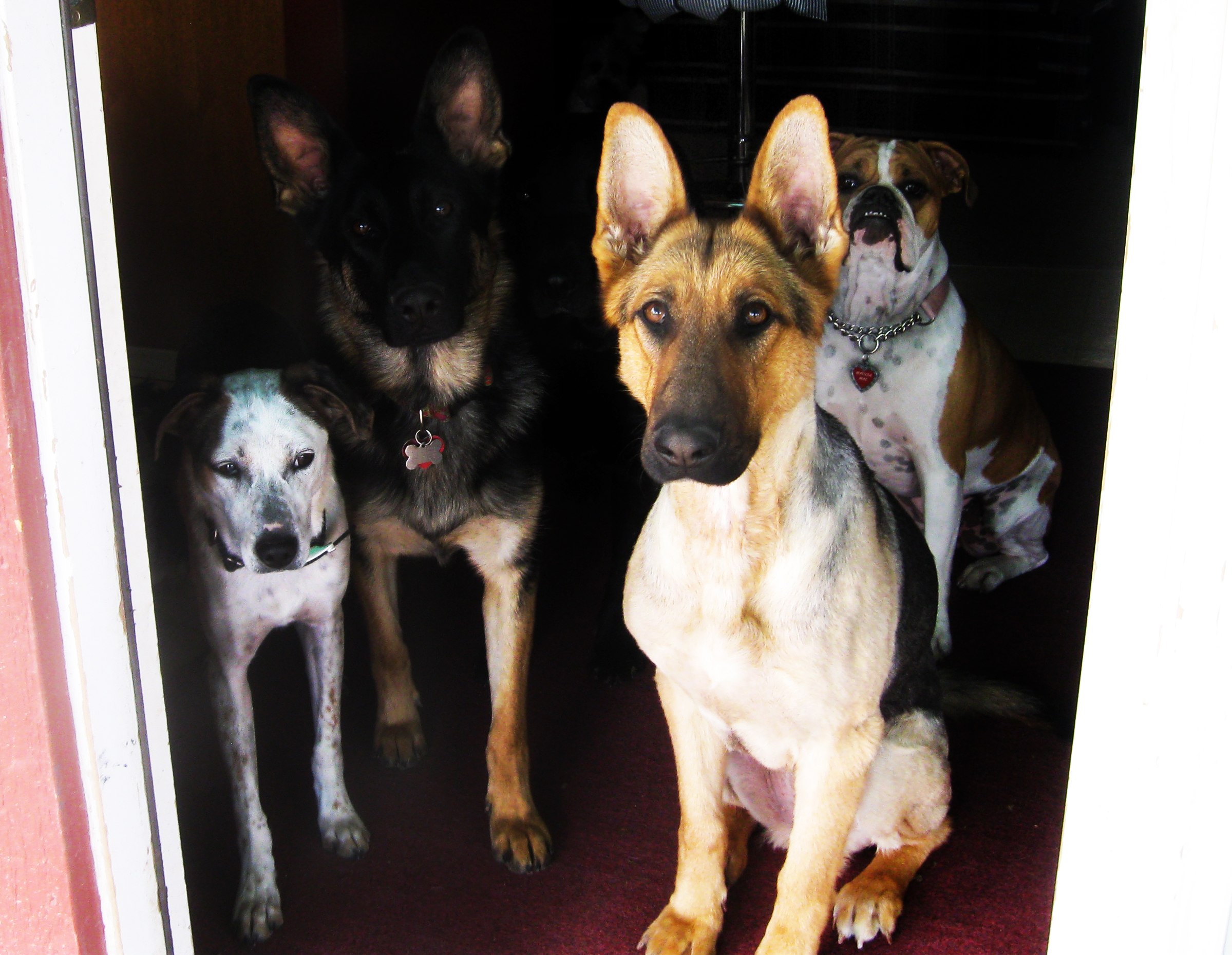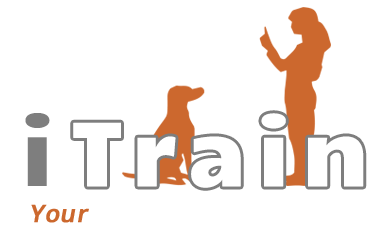 #1 Trick for successful dog training!
#1 Trick for successful dog training!
At this point, you may have taught your dog what sit means and they’ll probably do it for you as long as you A. have food in your hand and B. there are no distractions around that your dog would rather pay attention to. Sound familiar?
This is a good start, but it really does you no good when training counts. All the training in the world won’t matter if your dog won’t pay attention to you when distractions are present.. Getting your dog to respond reliably and consistently will help you live peacefully with your dog with reciprocal communication.
The trick to success is…ENGAGEMENT! Getting your dog to cue into you and listen for what to do next is the foundation of all training.
YOUR DOG’S NAME should be your ENGAGEMENT word. If I were to say your name, you would look at me for further engagement. We need to teach dogs to respond just as we would. Your dog’s name needs to mean “look at me, I am about to give you something/go somewhere/ask you to do something”.
Here are some simple tricks to get your dog engaging with you when you say their name:
For the next week, consistently practice doing the following:
Say their name directly before:
- you feed your dog breakfast and dinner
- randomly popping a treat in their mouth
- having them do a well known and reliable command that you can predict they will respond to (be sure to follow this with a reward)
- going for a walk
- going for a car ride
- playing with their favorite toy
- getting a love fest (petting) from you
Timing is really important with these actions. You need to observe your dog’s trigger points so that you can get the timing right here. Lets say your dog loves going for rides in the car. You will want the timing of saying their name to be right before the action that triggers excitement. Some common trigger points for going for a walk or taking a ride in the car might be grabbing the keys, opening the garage door, slipping your shoes on or picking up their leash. I had a German Shepherd that knew I was leaving the house the moment I put lotion on my hands. That was his “trigger point”. So in his case I would say his name the moment before I put lotion on.
When your dog hears their name, they should feel: “something is about to happen so I need to pay attention”
By doing this, you are conditioning an association within your dog. A word (in this case, their name) followed by an action. Early on, these associations should always be positive. They should also be varied. Make sure you are doing at least 3 variations of actions after saying your dogs name. For example, if you only say their name before feeding them dinner, they will only associate the word (their name) with one action (dinner). You want their name to be associated with focus, and an unknown action, not a singular action. This creates better focus and attention to you. Every dog is different and there are many scenarios in which you can condition the word to action response, just remember the process.
Here are some do’s and don’ts to remember when starting this process:
DO:
- Only say your dog’s name one time – before following with an action. Be sure you say their name clearly and only one time. Repeating their name only dilutes the word and will actually have them tuning out their name completely.
- Follow the name directly by an action – If you say your dog’s name without following it with an action, your dog’s name has no meaning to them, and they actually begin to tune it out.
- Vary the action – Make sure you do different things after saying your dogs name. If you say your dogs name only before you feed them dinner, they will only expect their name to mean you are feeding them.
- Time the word to action correctly – The name should be followed immediately by their trigger point.
- Make sure it is a positive action – Remember to only associate a positive action to their name. The action should induce a fuzzy feeling for them. Dogs are all different, use actions that your dog likes. Food, physical affection, playing with a toy and verbal praise (If you have conditioned this) are some examples of positive actions.
DON’T:
- Say your dog’s name multiple times – This will condition your dog to ignore their name.
- Cause a negative association – Don’t use their name directly before a negative action. This could be cutting their nails, removing a wanted item etc. Especially in the early stages of conditioning you want to be sure that only positive actions are associated with their name.
If you take this one week to teach your dog to respond properly to their name, you will be way ahead of the game when it comes to training behaviors and overall communicating with your dog. Reaping the reward of your dog being easily called to attention is a truly amazing feeling!
